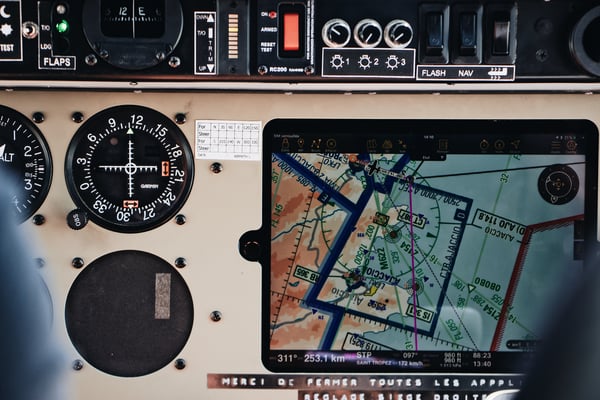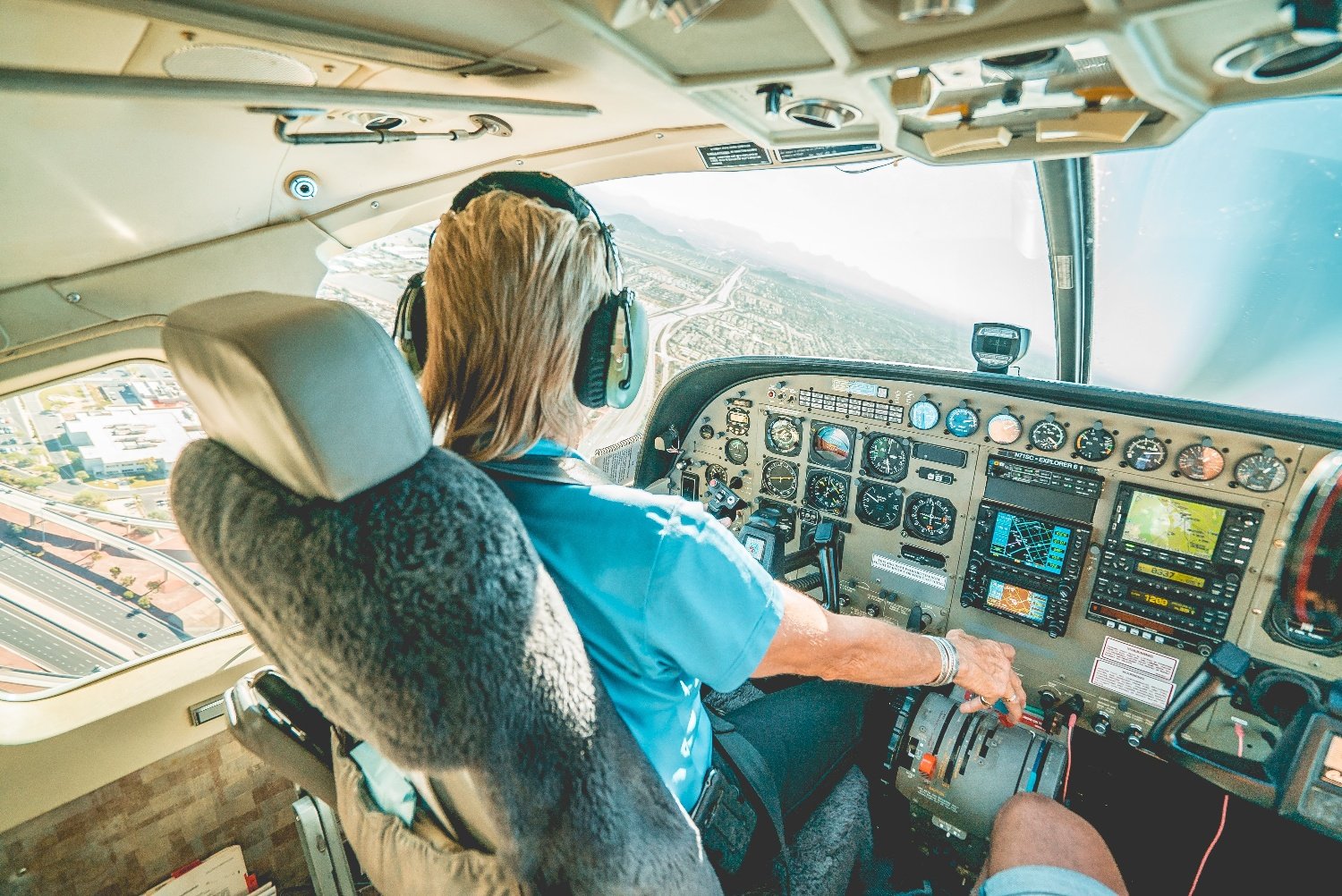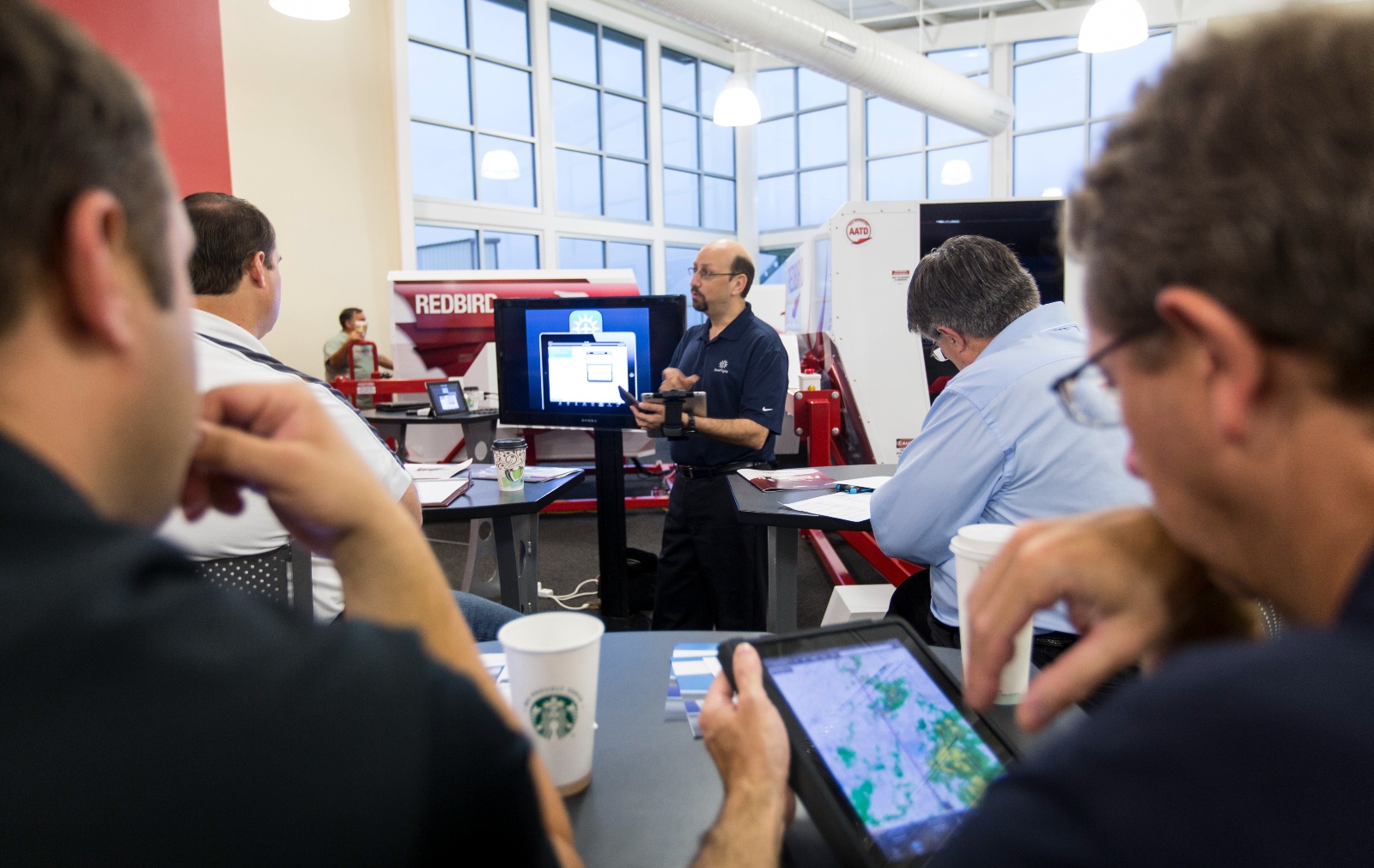Managing Distractions as a Pilot
Distractions may only be briefly discussed in a private pilot curriculum, which mostly emphasizes human factors knowledge such as hazardous attitudes, aeronautical decision making, and personal health assessments like the IMSAFE checklist. However, both as a student and a pilot, knowing how to manage distractions effectively is essential to keeping you on task and on track in and out of the cockpit.
What is a Distraction?
The FAA defines a distraction as anything that reduces our focus on successfully completing the task at hand. Distractions can be “rabbit holes,” which channel our attention away from flying the airplane and, subsequently, human error management.
Distractions in the Cockpit
In 2009, pilot distractions made national news when two Northwest Airlines pilots lost track of time while using their personal laptops on a flight from San Diego, California to Minneapolis, Minnesota, and overflew their intended destination by 100 miles. The pilots were so engrossed in their scheduling software that they only became aware of their plane’s position when a flight attendant asked about the landing time. Although the plane eventually landed safely, the Federal Aviation Administration (FAA) called the distraction a "total dereliction and disregard" of their pilot duties. The incident and subsequent investigation led to changes in rules and procedures for pilots and air traffic controllers.
It was a rare aviation human factors-related incident that made national news but did not end in an accident. Pilots get distracted all the time, but the general public does not find out about it. Usually, when aviation accidents and incidents make the news, it is because lives are lost. Three fairly recent air carrier accidents—Asiana, Colgan Air, and Air France—all had a common theme: distracted crews who were not paying attention to an aircraft approaching a stall.
When we hear these stories, it’s easy to downplay them and distance ourselves from risk by saying, “that would never happen to me.” While it is probably true that an exact scenario you read about will not happen to you when you’re the pilot in command (PIC), you will face distractions frequently that interrupt your focus and slowly divert your mind and energy from the flight deck.

Related Content: An Introduction to Single-Pilot Resource Management in TAAs
Distractions in the cockpit can take numerous forms, including lights, warning horns, people talking, and electronic devices like cell phones and iPads. They can happen to you at any point in a flight:
- Preflight/clearance
- Taxi out
- Takeoff/departure
- Cruise
- Approach
- Landing
- Taxi in
- Post-flight
The FAA imposed a sterile cockpit rule in 1981 after a few accidents occurred involving distracted flight crews during critical parts of a flight. This rule, which applies to commercial flights, states that “No certificate holder shall require, nor may any flight crewmember perform, any duties during a critical phase of flight except those duties required for the safe operation of the aircraft.”
As a student pilot or private pilot, you do not have to maintain a sterile cockpit, but you still need to understand how distractions like arguments can lead to skipping checklists and potentially fatal mistakes such as gear-up landings. As the pilot in command, you are responsible for managing distractions and not letting them take your attention away from your aircraft systems and flight operations and procedures.
On a checkride, a designated pilot examiner (DPE) will test your situational awareness by asking you to check the ATIS during a maneuver or by dropping a pen to see if you can maintain control while you retrieve it. In this scenario, if you stay focused, you will be able to return to the task at hand within seconds.
Staying Focused on Your Flight Training
Advice to “stay on task” applies beyond the cockpit to your flight training and aviation career. Time out of the cockpit can mean you will need more time to review and practice maneuvers and procedures before you can operate an aircraft safely. There are parts of flight training that are not fun and not easy. You may feel frustrated at times and see other pilots reaching their goals faster than you. Stay focused on your goals with the following strategies:
- Narrow big goals down to smaller, actionable ones.
- Take daily actions towards your goal, no matter how small (watch a YouTube video, review your notes, take an online quiz, practice with a flight simulator, etc.).
- Focus on progress, not perfectionism.
- Don’t quit; remember why you started.
If you must stop flying for a period, continue studying, reviewing, and learning, using the cheap and free resources available. Not sure where to start? The Pilot's Handbook of Aeronautical Knowledge and Airplane Flying Handbook are both available for free online.
Using Flight Simulators to Manage Distractions
Flight simulation provides an effective means for overcoming the distractions you will encounter in and out of the cockpit. The FAA said in a recent safety briefing that training in flight simulators is a great way to plan and prepare for the unexpected. While flying a simulator, an instructor can introduce failures and distractions to help you overcome the natural human tendencies of denial and rationalization.
Planning for both expected and unexpected outcomes will make you prepared to handle whatever surprise comes your way, whether it’s a problem with your flight controls, an engine failure, a loss of power, or a sick passenger. The phrase Aviate, Navigate, Communicate should help you remember to fly the airplane first no matter what.
Flight simulation also makes it much easier to stay focused on your flight training. Day-to-day obligations and distractions make driving to the airport, coordinating with a flight instructor, booking an airplane, and spending time taxiing and flying to practice areas a challenge. All it takes is a brief internet rabbit hole for the minutes to no longer add up, and you have to push back your training another day. This happens far too often—especially when the training time is for proficiency, which is unnecessary to remain in the cockpit but vitally important to be good in it.
With a flight simulator, recurrent training is more feasible, as you can focus more of your time working on particular tasks instead of working through the logistics of training in an airplane. The distractions of day-to-day life may delay your training, but—with a flight simulator—they will not prevent it.
The Bottom Line
Distractions have caused pilots to stall airplanes, fly to the wrong airport, run out of fuel, land with the gear up, and make countless other errors that may or may not violate regulations or risk lives in the air and on the ground. Distractions are a major concern in aviation, but they are entirely preventable.
In general aviation, pilot error remains at the core of the majority of accidents. This often can mean we are not paying attention to the right things at the right time in the cockpit. Runway excursions, ground loops, stalls, collisions, and fuel mismanagement remain far too common, and an attentive pilot can prevent each of them. However, it’s important to remember that our focus outside the cockpit reinforces our focus in it. Staving off distractions in our daily lives and finding the time for frequent proficiency training is crucial to preparing for every flight and keeping in tune with the proper techniques and procedures at critical moments.
Share this
You May Also Like
These Related Articles

Why Do So Many Aviation Accidents Occur During the Maneuvering Phase?

A Beginner’s Guide to the FAA WINGS Program
